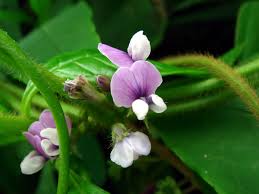How do temperatures (especially at night) impact corn as it hits the reproductive phase? Phenological development in corn is caused by the accumulation of heat units. The higher the temperature, the faster the corn plant runs. During the day, photosynthesis produces sugars and starches that are stored in the plant. At night, dark respiration occurs (respiration = burning/using). The sugars/starches made in the day are then used for cell growth, or for cell maintenance and cooling. Photosynthesis makes the fuel in the day that the plant needs at night to carry out dark respiration. When night time temperatures are below 70 Fo, there’s a greater amount of net photosynthesis. Increasing nighttime temperatures (above 70 Fo) means more energy is required for corn to stay alive and remain cooled, and not used for growth. The increase in plant respiration rates uses up energy which could have went to support kernel development. Cooler temperatures mean more energy can be partitioned for grain fill. Take a look at the graph below, especially up to the 86-degree vertical line, where more photosynthesis is occurring than the plant needs for respiration! At 86 and above, the lines cross, which is the high temperature we use as a maximum, for calculating daily GDU’s.
High night temperatures (and day temperatures) shorten the reproductive grain fill window and reduce yield. Faster development means a lower amount of photosynthesis carried out by the plant post-tassel, and less sugars to fill kernels. We’ve had very reasonable temperatures at VT/R1 this year, so the potential for a longer grain fill period will be focused on health of the solar panels (leaves) and their ability to photosynthesize the next few weeks!
 |






